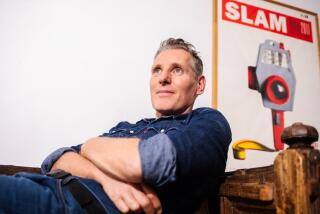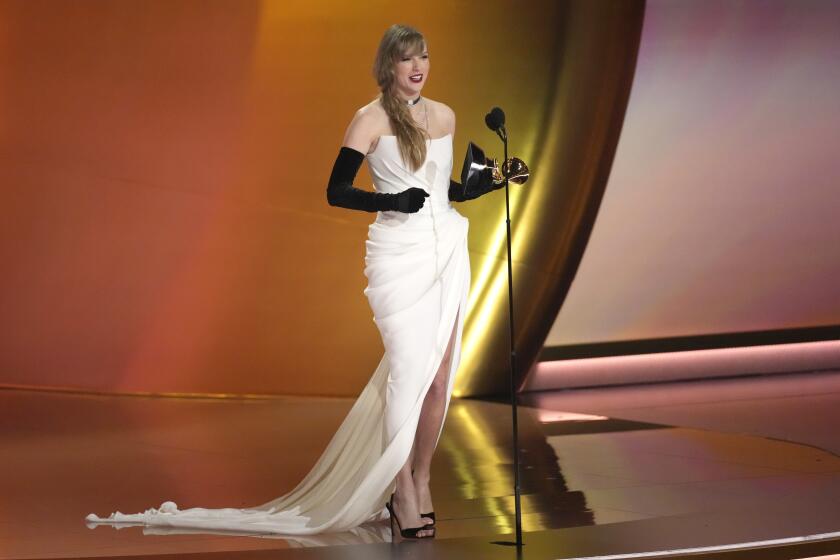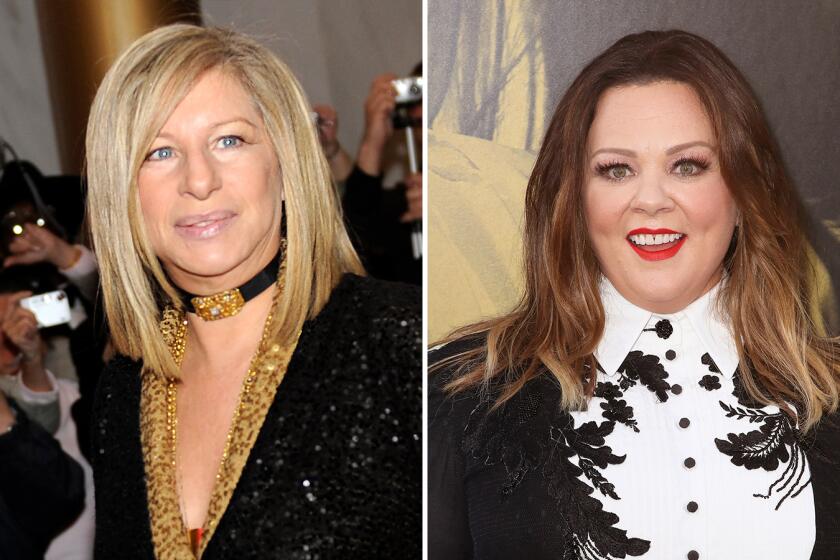How I Made It: Amy Hennig
The gig: Creative director at Naughty Dog Studios in Santa Monica. That makes Hennig, 45, the person in charge of all creative decisions, including writing, casting and design, at the video game company, which is owned by Sony Computer Entertainment America.
Her most recent game -- Uncharted 2: Among Thieves, released in October -- has sold more than 2.5 million units worldwide and garnered 15 nominations for Interactive Achievement Awards, the video game industry’s Oscars, the most of any title this year.
Lightbulb moment: After earning her bachelor’s in English literature at UC Berkeley, Hennig was attending film school at San Francisco State in 1989 when she landed a freelance job as an artist for an Atari game called Electrocop.
“It was purely for pay. But once I started, my wheels began to turn and I had a lightbulb moment: that this was a more interesting and pioneering medium than film.”
Organic growth: After dropping out of film school to focus on video games, Hennig found that her career progressed less by purposeful planning than by hard work and meeting the right people. Her key advice for aspiring young game makers: Put yourself in a position where lightning can strike.
“It’s a meritocracy in the sense that if you’re a hard worker and people see you have an aptitude, you get a shot usually. Then your fate is in your hands.”
Hennig’s shot came in 1993, two years after she began working at industry giant Electronic Arts. When the lead designer on a game for which she was doing art quit, she was named lead designer. The final product, called Michael Jordan: Chaos in the Windy City, is still remembered by aficionados for the oddball integration of the basketball star into an action video game.
The year that changed everything: Reflecting on her childhood influences, Hennig says they all converged in 1977 with three unforgettable events: the launch of the first Atari console, the release of “Star Wars” and the debut of the do-it-yourself, role-playing game system Advanced Dungeons & Dragons. The Atari 2600 started the home video game revolution, “Star Wars” transformed what was possible in entertainment, and Dungeons & Dragons opened up the idea that stories can be told by those who take part in them, a key tenet of video game design.
“Our brains were never the same after that.”
Constant reinvention: Advances in technology have meant huge changes in Hennig’s job. Electrocop had just four colors and was made by two people. On Uncharted 2, Hennig co-led a team that swelled to as large as 150 artists, programmers, designers and actors. Instead of typing in simple code, they used advanced tools to create high-definition backdrops, characters that move like real people and a variety of online options in which players can cooperate and compete.
“This is an industry in which you constantly have to relearn things and almost start over,” she muses. “If you can’t do that, you don’t last.”
Return of the filmmaker: Though Hennig left behind her aspirations to become a cinematographer when she jumped into video game design, many of the skills she learned in college and film school have come in handy. Uncharted 2 features an Indiana Jones-like hero, complete with a treasure hunt, a love triangle and “set pieces” such as a gunfight on a moving train.
“Everything I learned as an undergraduate with English literature and in film school about editing and shots and the language of film has come into play, but in a way I couldn’t possibly have planned,” she says.
Woman in a man’s world: As one of very few women in senior creative positions in the video game industry, Hennig is often asked about sexism and challenges she has faced. But she says it’s not an issue. “Usually it has been men who gave me the opportunities I have had. I think this is a young enough and progressive enough industry that there just isn’t any of that.”
But that doesn’t mean her perspective as a woman doesn’t come in handy on design teams dominated by men, including on Uncharted 2, which features two prominent female characters. “There was an issue with breast size sometimes. I would say to the modelers, ‘Let’s take it down. How about a C [cup]?’ ”
More to Read
The biggest entertainment stories
Get our big stories about Hollywood, film, television, music, arts, culture and more right in your inbox as soon as they publish.
You may occasionally receive promotional content from the Los Angeles Times.






